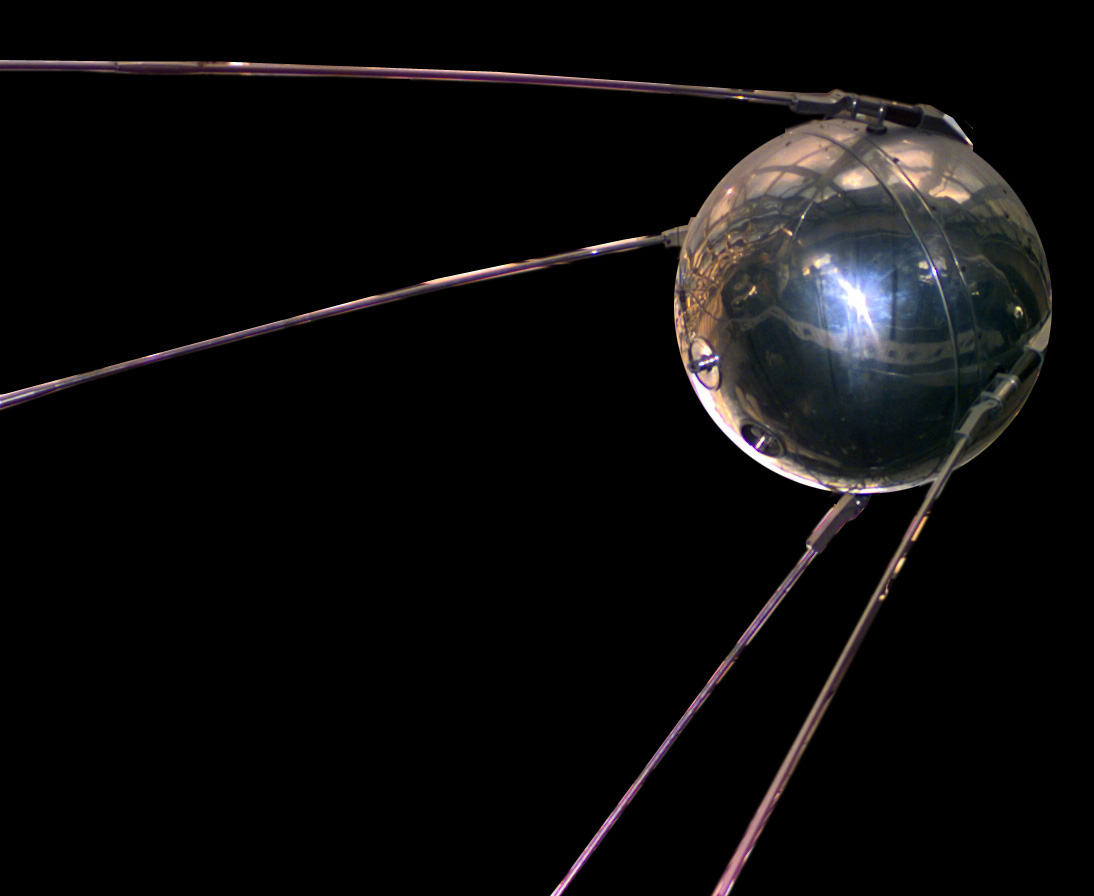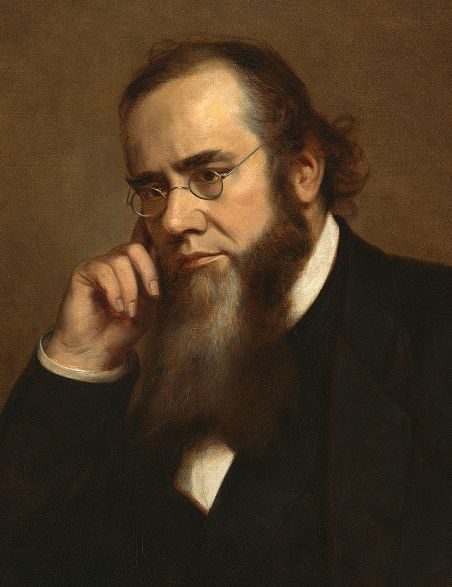
I had only just celebrated my sixth birthday, but I remember well the night in October 1957 when my father woke me before dawn and led me by the hand, still in my pajamas, out the back door of our home and into the darkness. We walked through high grass at the back of our property, wet with early morning dew, to the top of a small hill.
We hoped to catch a glimpse of the ominous Sputnik satellite that the Soviet Union had just launched, which the local newspaper predicted would fly over our heads early that morning. Everyone was obsessed with the idea that the Communists were now able to send threatening space vehicles right over our skies – spacecraft that we could even see with our own eyes!

